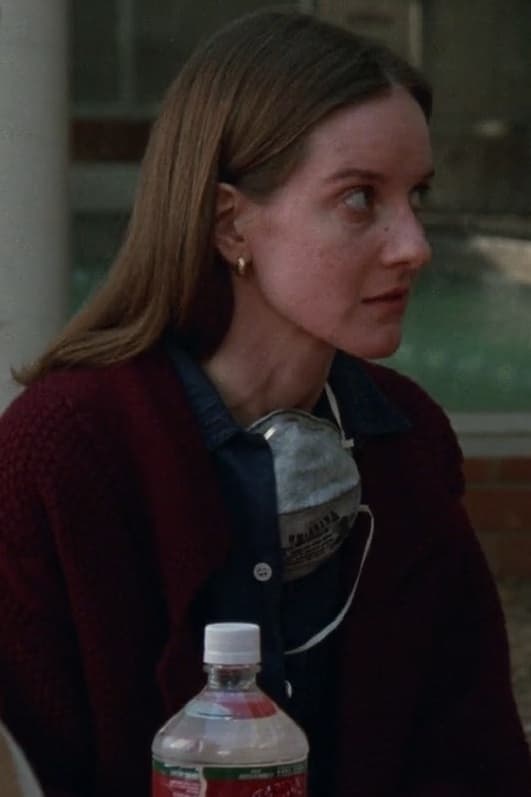
As we cannot summarize life of a person, we should not attempt to summarize a film. Why can't we see the beauty of things as they are - without understanding them?
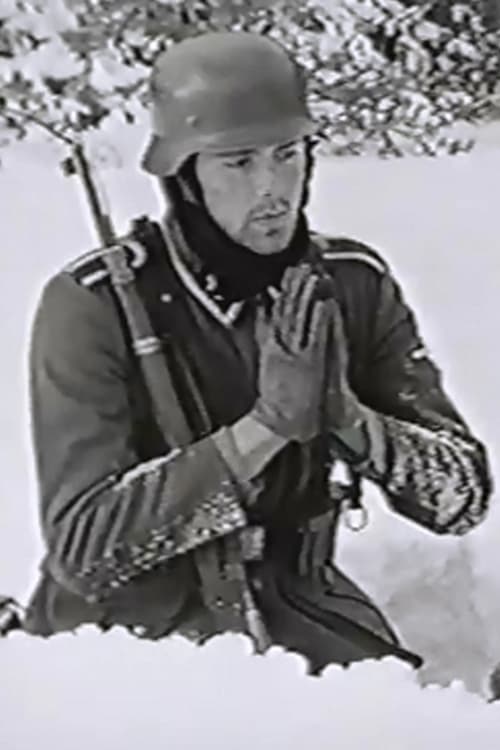
An American sergeant escapes a bloody massacre by German troops and flees into the fierce winter landscape. Wounded and seeking shelter he comes across a woman praying in a small barn. She tries to help but the German soldiers are in pursuit and closing in. What can they do?
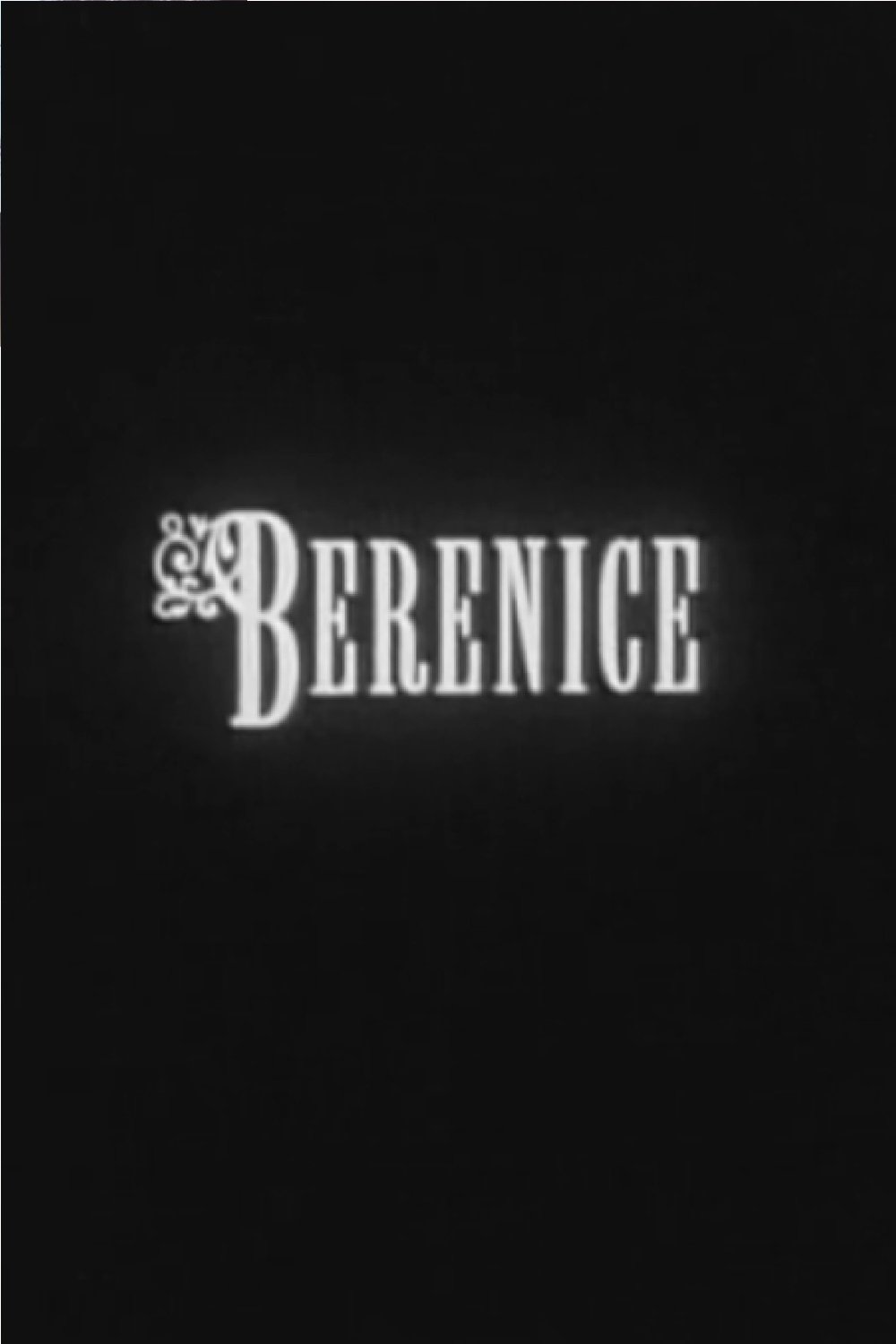
Berenice is a meditation on a dream of lost plenitude, and its inversion into decay. The events depicted in the film concern the formation and dissolution of a utopian community in 1832, and the psychic and physical disintegration of two members of that community. In an allusion to the interiority of the main character, Berenice, whose flashbacks form the film’s narrating consciousness, the oblique and inward-turning fictive structure gives itself over to delirious visual asides. The film is partially adapted from the Edgar Allan Poe story of the same name. Additional primary sources used in constructing the film include texts by the 19th-century French utopian Charles Fourier and the collected letters from Brook Farm.
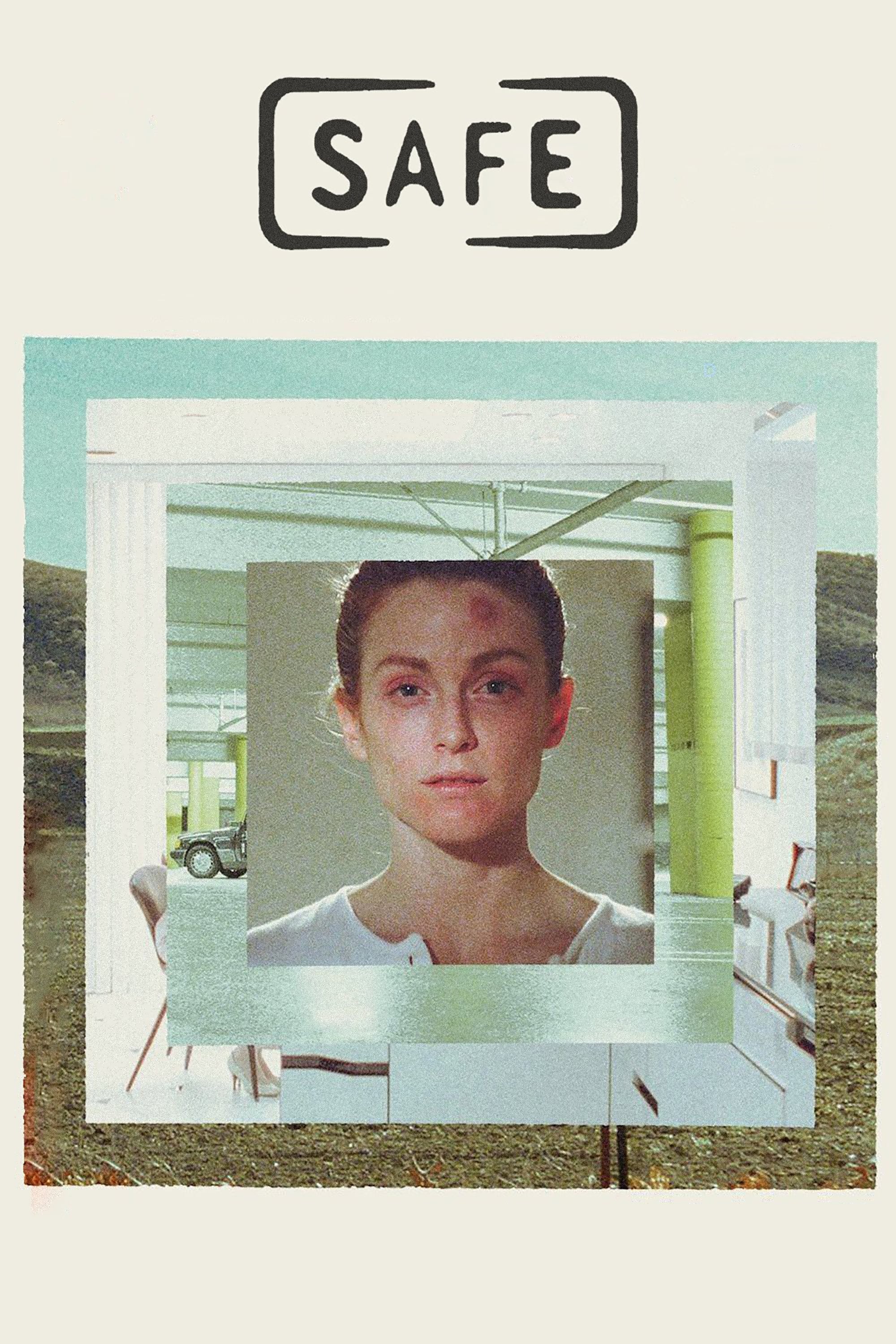
Carol White, a Los Angeles housewife in the late 1980s, comes down with a debilitating illness with no clear diagnosis.
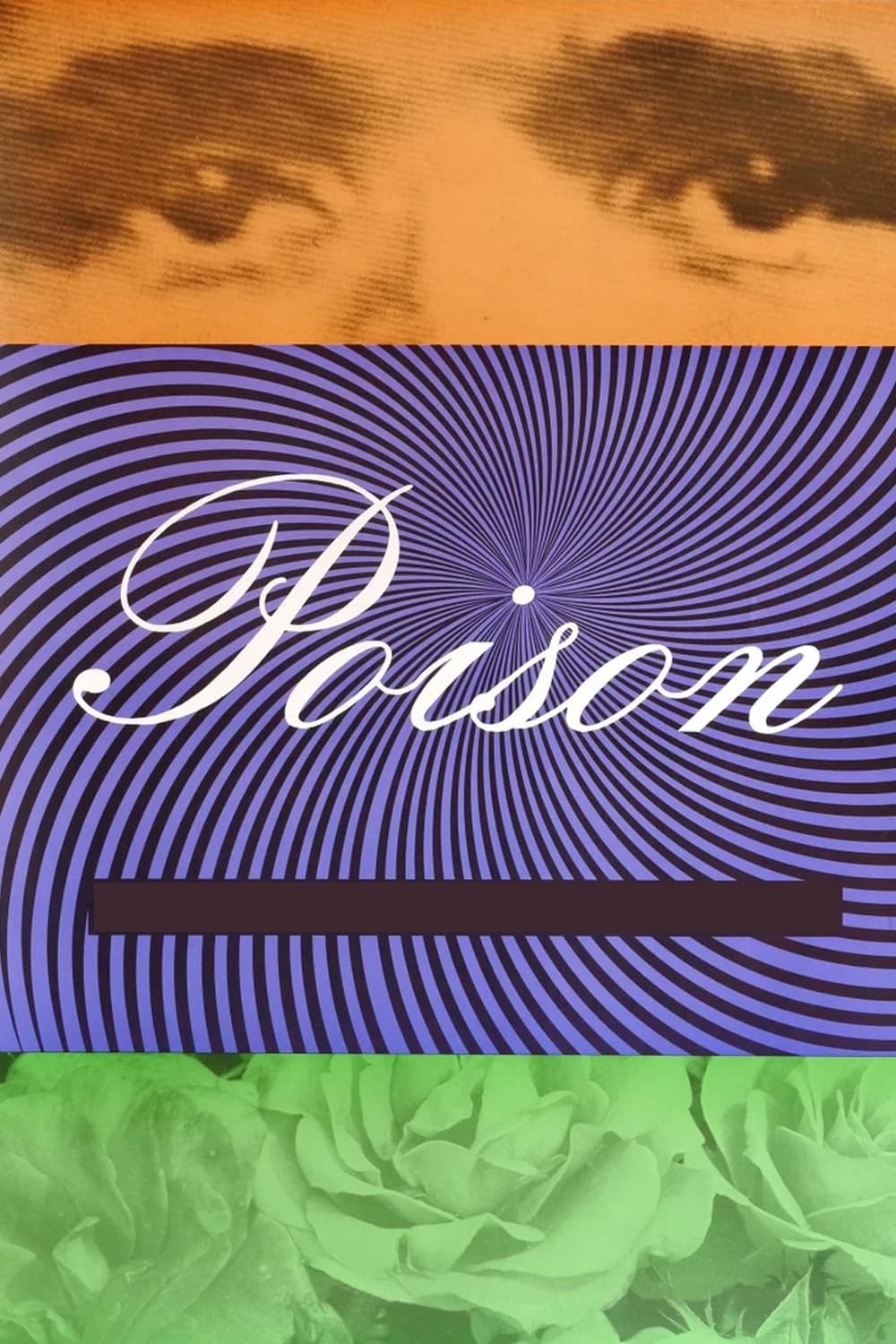
A trio of interweaved transgressive tales, telling a bizarre stories of suburban patricide and a miraculous flight from justice, a mad sex experiment which unleashes a disfiguring plague, and the obsessive sexual relationship between two prison inmates.
By browsing this website, you accept our cookies policy.